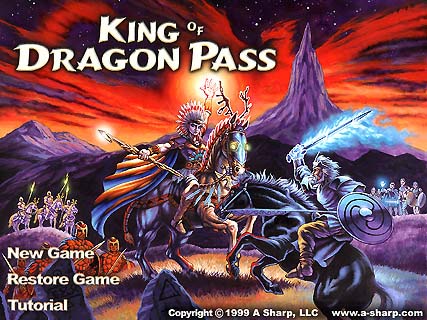A winter visit to the top of the world... and a great game.
Oulu, Finland
 I went back to Finland again, as part of my ongoing consulting work for the Environment for Lucrative Virtual Interaction project at the University of Oulu. This was the first time I had been there in the dead of winter. I was expecting it to be bitterly, bitterly cold just 100 miles or so from the Arctic Circle, but it was pretty nice. The snow was deep, of course, and I actually saw some people using skis as their ordinary mode of foot transport. (OK, I know this is normal in places like Vail and Gstaad, but we sure don't see it in Britain. Not even in
I went back to Finland again, as part of my ongoing consulting work for the Environment for Lucrative Virtual Interaction project at the University of Oulu. This was the first time I had been there in the dead of winter. I was expecting it to be bitterly, bitterly cold just 100 miles or so from the Arctic Circle, but it was pretty nice. The snow was deep, of course, and I actually saw some people using skis as their ordinary mode of foot transport. (OK, I know this is normal in places like Vail and Gstaad, but we sure don't see it in Britain. Not even in
Scotland.)

The fun thing about working for ELVI is that I get to hear a lot of new game ideas from dev teams coming to their business incubator for advice. They're more than student projects; many of them are serious games that may have something important to contribute. There's one for children with speech disabilities; one for people with neurological problems; one about surviving in cold weather (what a surprise).
 This time around, though, I got an extra bonus -- one of the teams (whose own game I can't discuss, unfortunately) was very inspired by a game I hadn't heard of, King of Dragon Pass
This time around, though, I got an extra bonus -- one of the teams (whose own game I can't discuss, unfortunately) was very inspired by a game I hadn't heard of, King of Dragon Pass. It's an indie game published by a small group called A-Sharp, and it won the Best Visual Arts award at the second Independent Games Festival in 2000. While the art is very nice, what really intrigued me was the storytelling design. King of Dragon Pass manages to create what seems to be a branching storyline without the usual combinatoral explosion of possibilities. They do this by having a very large number of situations that can occur during the game, and to some extent it's up to the player to decide which of several people will try to handle each one as it arises. The outcome depends on the player' choice, in effect it depends on how good a judge of character the player is. To put it in programming terms, situations are functions and the characters are parameters (inputs) to the function. With different characters you get different results. Events can change people and even kill them, so it's quite replayable. Fascinating stuff.
 I went back to Finland again, as part of my ongoing consulting work for the Environment for Lucrative Virtual Interaction project at the University of Oulu. This was the first time I had been there in the dead of winter. I was expecting it to be bitterly, bitterly cold just 100 miles or so from the Arctic Circle, but it was pretty nice. The snow was deep, of course, and I actually saw some people using skis as their ordinary mode of foot transport. (OK, I know this is normal in places like Vail and Gstaad, but we sure don't see it in Britain. Not even in
I went back to Finland again, as part of my ongoing consulting work for the Environment for Lucrative Virtual Interaction project at the University of Oulu. This was the first time I had been there in the dead of winter. I was expecting it to be bitterly, bitterly cold just 100 miles or so from the Arctic Circle, but it was pretty nice. The snow was deep, of course, and I actually saw some people using skis as their ordinary mode of foot transport. (OK, I know this is normal in places like Vail and Gstaad, but we sure don't see it in Britain. Not even inScotland.)

The fun thing about working for ELVI is that I get to hear a lot of new game ideas from dev teams coming to their business incubator for advice. They're more than student projects; many of them are serious games that may have something important to contribute. There's one for children with speech disabilities; one for people with neurological problems; one about surviving in cold weather (what a surprise).
 This time around, though, I got an extra bonus -- one of the teams (whose own game I can't discuss, unfortunately) was very inspired by a game I hadn't heard of, King of Dragon Pass
This time around, though, I got an extra bonus -- one of the teams (whose own game I can't discuss, unfortunately) was very inspired by a game I hadn't heard of, King of Dragon Pass This was just a quick trip, up one day, lecture in the morning, and back the next. I was given the honor of being the opening keynote at Animex Game Day, and the lecture I gave was "Emerging Issues in Game Design," which I had already given at FuturePlay a little earlier. The best part of the day, though, was hearing Kaye Elling's talk. Kaye is from Blitz Games and was head of the art team that did
This was just a quick trip, up one day, lecture in the morning, and back the next. I was given the honor of being the opening keynote at Animex Game Day, and the lecture I gave was "Emerging Issues in Game Design," which I had already given at FuturePlay a little earlier. The best part of the day, though, was hearing Kaye Elling's talk. Kaye is from Blitz Games and was head of the art team that did 
